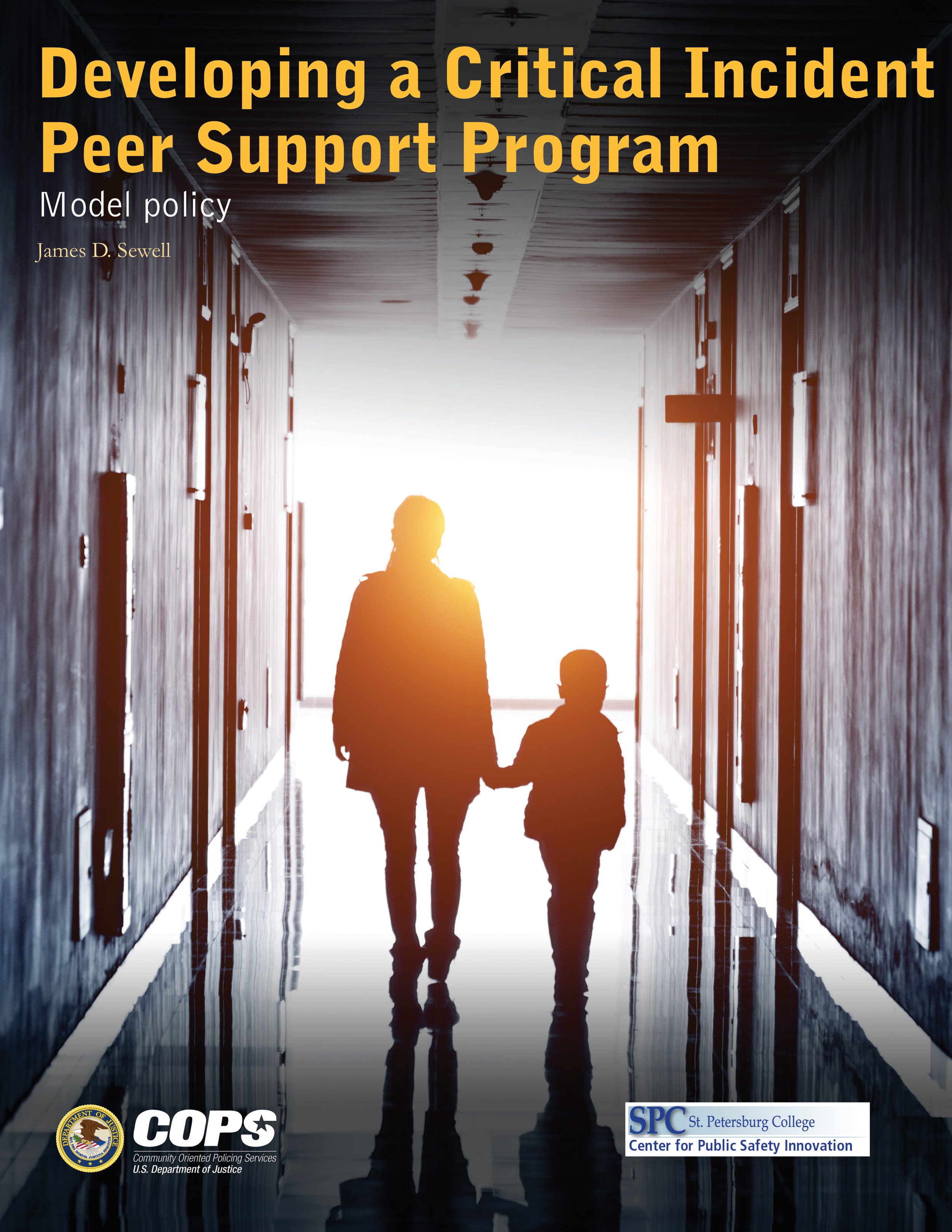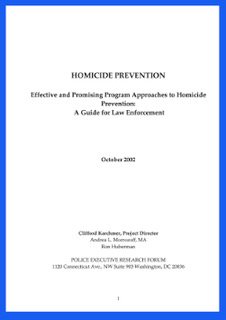By Alex Menninger, Sharyn Adams, Jessica Reichert
Introduction
A disproportionate number of police contacts involve people with behavioral health needs, such as those experiencing a mental health crisis or struggling with a substance use disorder (Livingston, 2016). Deflection is one type of program in which police officers are able to refer persons who they encounter to behavioral health services (Lindquist-Grantz et al., 2021). Participation is voluntary, and the referral service is free to participants. Deflection aims to reduce criminal justice system involvement and connect people with treatment and other services to improve individual and community health (Charlier & Reichert, 2020).
We evaluated the development of a new deflection program in Illinois, Little Egypt Alternative Pathways (LEAP), that covers Jackson, Johnson, and Williamson counties (southern Illinois is known as Little Egypt due to perceived geographic similarities [Williamson County Government, n.d.]) The goal is for police in the Illinois State Police-led Southern Illinois Enforcement Group (SIEG), a multijurisdictional police task force, to refer persons to services in these counties. An overview how participants interact with the program is shown in Figure 1.
Program development began with multi-day, guided action planning sessions facilitated by Treatment Alternatives for Safe Communities’ Center for Health and Justice (TASC CHJ). Action planning brought together local community stakeholders to learn about deflection programs, form objectives, and discuss implementation strategies. After six days of action planning, the final product was a Solutions Action Plan that detailed the group’s plan to create their deflection program. To evaluate and offer insights into the planning process, we collected data through field observations and surveys and developed recommendations to guide future action planning sessions and promote the success of LEAP’s program.
Methodology
A researcher from the Illinois Criminal Justice Information Authority (ICJIA) attended the six action planning sessions in February and March of 2023 for a total of 29 hours of field observation. All action planning sessions were conducted in person and included 6 to 13 local service providers each day. We administered a paper survey to participants at the end of each action planning day to gather information on participants’ action planning process, levels of engagement, intentions for implementation, and perceived benefits of a deflection program. We gathered participant demographic information on day 1 of action planning and administered a collaboration survey on day 5. We analyzed the action planning sessions based on field notes and supportive documents and summarized what transpired each day. We also analyzed the survey data from people who attended each day and the data from the collaboration survey using descriptive statistics. Findings revealed participants’ views about what transpired during the action planning process, what feedback they had about the sessions, and how they perceived collaboration during the process.
Key Findings
Twenty representatives from 12 local organizations participated in at least one of the six action planning sessions. One of the participating organizations was a law enforcement agency that will serve as the primary referral source of participants to deflection specialists. The other 11 organizations were service providers and community organizations that will receive referrals from deflection specialists. The majority worked in behavioral health. Action planning sessions were additionally attended by TASC, Inc. staff, who are not a part of TASC CHJ; an ICJIA researcher; a subject matter expert; and a representative of the Illinois State Police. The distinct roles that staff from TASC CHJ and TASC, Inc. play in a deflection program are that TASC CHJ facilitates action planning and then the program is handed off to TASC, Inc. TASC, Inc. is the agency that employs the “deflection specialists” who conduct case management and make referrals to services.
Early in the action planning process, participants identified substance use and mental health crises as the greatest areas of concern in their community. The group agreed interagency communication was important for program success. Participant engagement increased on days 2 and 3 of action planning as the group discussed how police were to refer potential participants and what the established outcomes for this program should be. On day 3, participants also voiced some confusion about the different roles that TASC CHJ and TASC, Inc. play in program development and implementation. The confusion seemed to be somewhat resolved on day 4 of action planning, when the TASC, Inc. deflection specialists attended and gave more explanation. As the action planning sessions neared their end, the group finalized four program outcomes for the deflection program and, to achieve them, 19 strategies and 63 action steps. Action steps focused on partnerships, community outreach, marketing, and trainings.
Survey results from the beginning of action planning indicated participants felt additional community partners were needed to promote program success. Attendees were satisfied with the action planning process overall, although their satisfaction declined in the second half of action planning. Participants were confident that the program would benefit the community, but uncertain about its sustainability and the extent to which all involved organizations shared long-term goals. This perception is not surprising given participants had minimal discussion about short- or long-term program goals. On the last day of action planning, participants stated they would likely take an active role in program implementation. Results from the collaboration survey identified insufficient resources and organization participation as the areas of greatest concern. Collaborative strengths included high levels of agreement among respondents about the program being beneficial and about its accomplishment depending on multi-organizational collaborations.
Recommendations
Based on our findings, we provide recommendations to address concerns regarding attendance, engagement, and program implementation. First, since engagement fluctuated during sessions, we recommend increased attendance at action planning sessions. Increased attendance would likely boost the representation of local community organizations and increase service capacity. It also potentially would enhance the quality of the action plan and benefit participants’ satisfaction (Luyet et al., 2012). Second, we recommend repeating the descriptions of stakeholder roles to help clarify the roles of TASC CHJ (leading action planning and technical assistance) and TASC, Inc. (day-to-day operations). Third, we recommend increasing participants’ understanding of the planning, implementation, and operational processes. Next, we also suggest that groups formulate measurable outcomes and prioritize action steps, which can be done through the creation a program logic model (Gleicher, 2017; Centers for Disease Controls and Prevention, n.d.). The collaboration survey could serve as a baseline measurement of the group’s perceptions about collaborative dynamics that may be inhibiting progress toward measurable outcomes. The survey can be given out to note changes in collaborators’ perceptions over time and tie them to outcomes and action steps. Finally, the program should try to increase collaboration by engaging political and community leadership (D’Amour et al., 2009; Farhoudian et al., 2022).
Conclusion
The action planning process brought together local service providers and law enforcement to develop a solutions action plan for the LEAP deflection program in southern Illinois. The program will connect individuals experiencing a substance use disorder or mental health crisis with behavioral health and other services in their community. The final action plan formulated objectives, strategies, and action steps toward implementing the deflection program. Further clarification of the program process and roles as well as increased local community engagement can improve program development to promote success.
Chicago: Illinois Criminal Justice Information Authority, 2024. 58p.





















